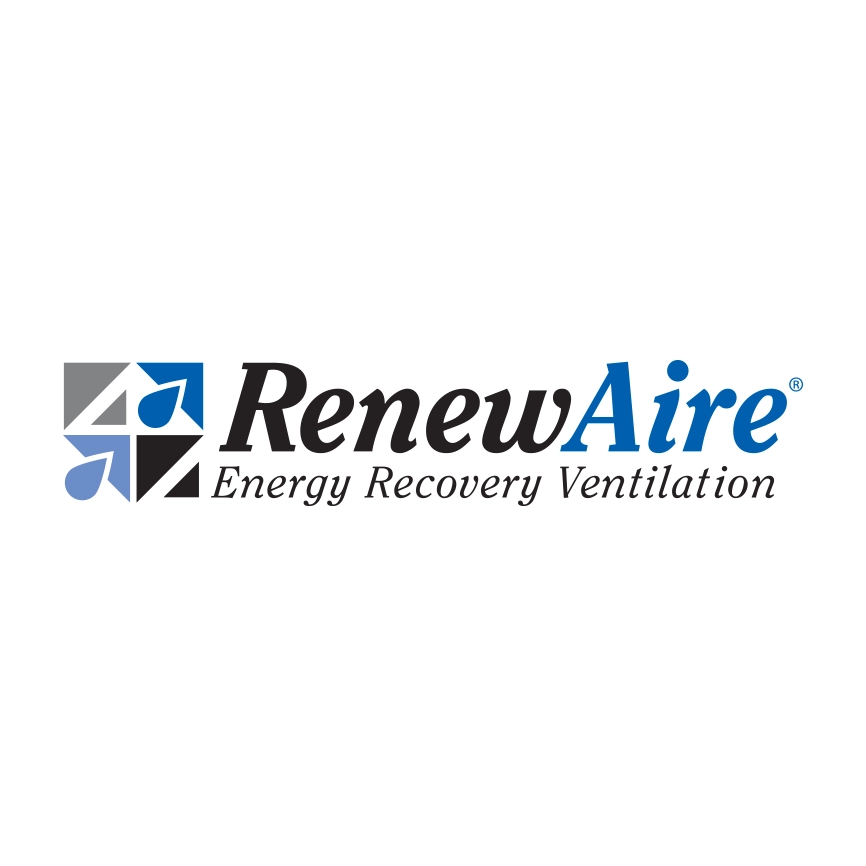Superior Air Quality and HVAC Systems are Crucial for Senior Care

The demographic shift towards an aging population, projected to reach 27 million Americans in nursing and assisted living facilities by 2050, raises significant concerns about indoor air quality in these environments. With respiratory health already being a critical issue among seniors, the stakes are high for ensuring that HVAC systems are up to par. Inadequate air quality can lead to severe health complications, making this a pressing topic for both facility operators and residents’ families.
How can senior living communities ensure that their indoor air quality supports the health and well-being of their residents?
Larry Carlson, a senior living thought leader and author of Avandell: Reimagining the Dementia Experience highlights the significance of maintaining healthy air and high-quality HVAC systems. This expert analysis dives into why this issue is crucial and what steps need to be taken to safeguard the health and comfort of elderly residents.
Key Takeaways:
- Dependency on Indoor Air Quality: Seniors living in these communities are highly dependent on the quality of indoor air. Poor air quality directly impacts their respiratory health, which is already a top health concern.
- HVAC System Reliability: Continuous operation of HVAC systems is crucial. Any outage, especially during extreme temperatures, can create emergencies, leading to discomfort and potential health risks for residents.
- Ventilation and Air Filtration: Effective ventilation systems are essential for controlling impurities, maintaining air flow, and regulating temperatures. Proper air filtration prevents the spread of harmful bacteria and viruses, protecting vulnerable residents.
- Impact of Airborne Contaminants: Studies show that contaminants in the air can significantly affect the health of older individuals. The ability of seniors to manage the side effects of poor air quality diminishes with age, underscoring the need for rigorous air quality control.
- Humidity Control: Balanced humidity levels are crucial for reducing indoor concentrations of allergens, bacteria, and viruses. Using humidifiers and dehumidifiers in conjunction with HVAC systems helps maintain a healthy indoor environment.
Article written by Sonia Gossai








